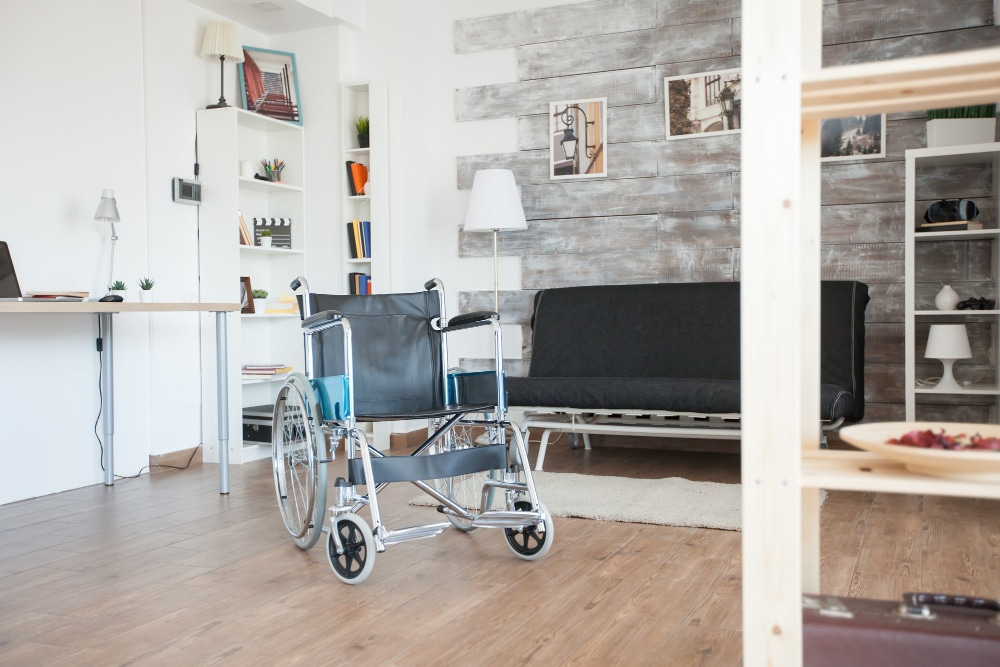Transitioning a loved one into an assisted living facility can be a challenging yet crucial step for many families. It signifies a new chapter in their lives, where safety, care, and comfort become the primary focus.

Assisted living provides a balanced environment of independence and support, tailored to individual needs. To ease this transition, it’s essential to approach it with empathy, planning, and a touch of creativity. Here are some practical tips to help your loved one settle into their new home seamlessly.
Create a Familiar Environment
One of the simplest ways to make an assisted living space feel more like home is by personalizing it with familiar items. Bring along cherished photographs, favorite books, or a beloved blanket. An indoor fake plant can also add warmth and a sense of life to the space without the hassle of maintenance. These personal touches can significantly help in easing the emotional transition by providing comfort and a connection to their previous home environment.
Moreover, arranging the room in a similar layout to their previous living space, if possible, can help in making the new environment feel familiar and comforting. The goal is to recreate a sense of normalcy and personal identity within their new living space.
Engage in Social Activities
Encouraging your loved one to participate in the social activities offered by the assisted living facility can greatly aid in their adjustment. Most facilities provide a variety of events and activities designed to keep residents engaged and socially active. Initially, they might be hesitant to join in, but gentle encouragement and possibly attending a few activities with them can make a big difference.
Building new friendships and establishing a social network within the facility can help alleviate feelings of loneliness and isolation. It’s important for them to feel part of a community where they can share interests and enjoy companionship.
Establish a Routine
Creating a daily routine can provide a sense of stability and security for your loved one. Familiar routines from their previous home, like morning coffee at a certain time or a nightly reading hour, can be integrated into their new life. This continuity helps in maintaining a sense of self and normality.
The staff at the assisted living facility can also assist in establishing a routine that includes any necessary medical appointments, exercise, and leisure activities. A consistent routine not only helps in structuring their day but also in making them feel more in control of their new living situation.
Communicate Regularly
Maintaining open lines of communication is crucial during this transition period. Regular visits, phone calls, or video chats can make a significant difference in how quickly and smoothly your loved one adjusts to assisted living. It reassures them that they are not forgotten and that their relationships with family and friends remain strong.
Listening to their concerns and experiences, and addressing any issues they might have with the facility, shows that their well-being is your top priority. This support is essential in helping them feel secure and valued in their new environment.
Encourage Independence
While the support provided by an assisted living facility is invaluable, it’s equally important to encourage your loved one to maintain their independence wherever possible. This could involve making their own decisions about daily activities, managing their own space, or choosing how to spend their time.
Empowering them to remain as independent as possible can boost their self-esteem and overall satisfaction with their living situation. It’s a delicate balance between providing the necessary support and allowing them the freedom to live their life on their terms.
Embracing the New Chapter
The transition to assisted living is a significant change for both the individual and their family. It’s a journey that requires patience, understanding, and support. By creating a familiar and comfortable environment, encouraging social engagement, establishing a routine, maintaining communication, and fostering independence, you can help your loved one adjust to and thrive in their new home.
This transition is not just about moving to a new place; it’s about adapting to a new way of life that ensures safety, care, and community. With the right approach, your loved one can find joy, companionship, and a renewed sense of purpose in their assisted living community, marking the beginning of a fulfilling new chapter.

